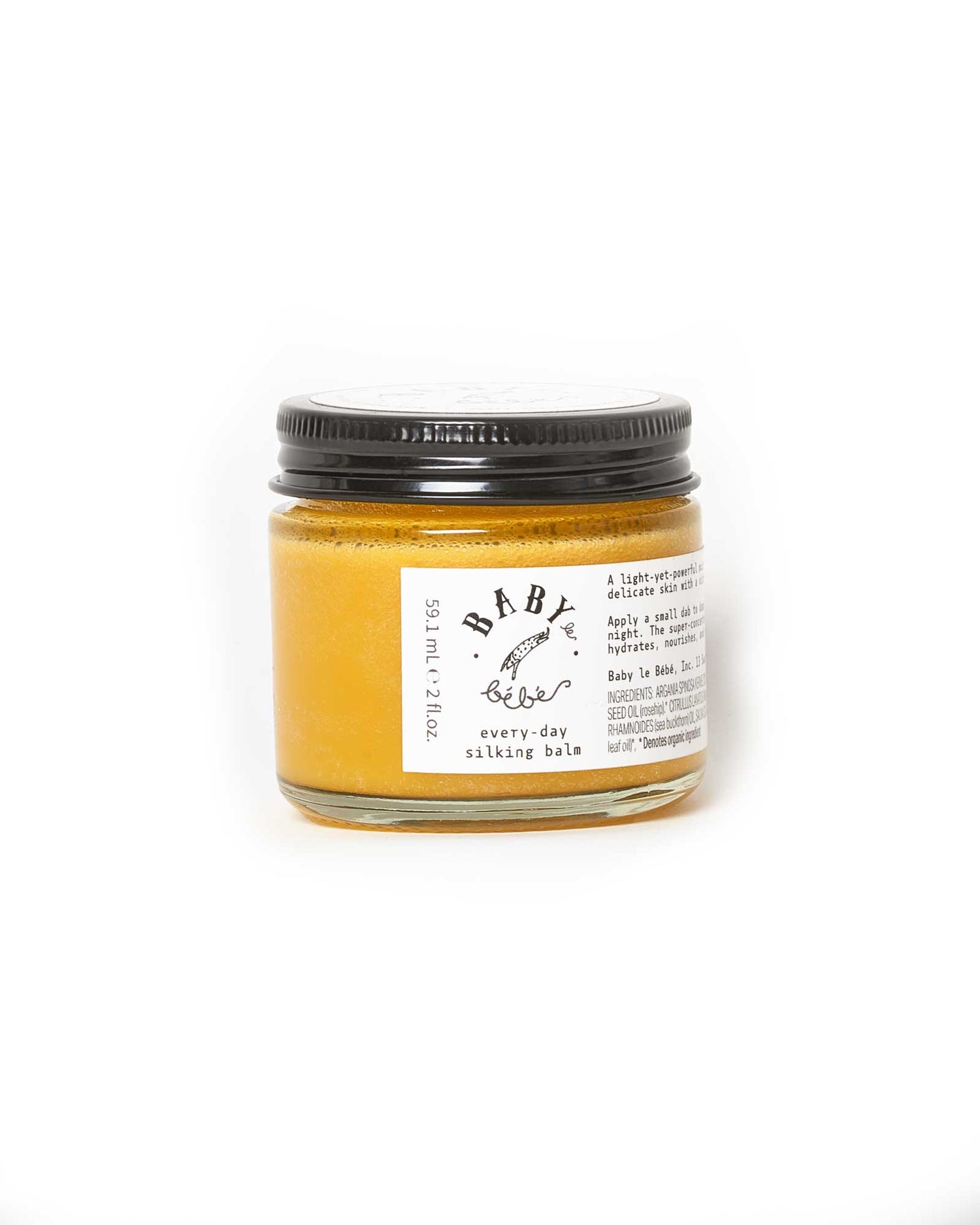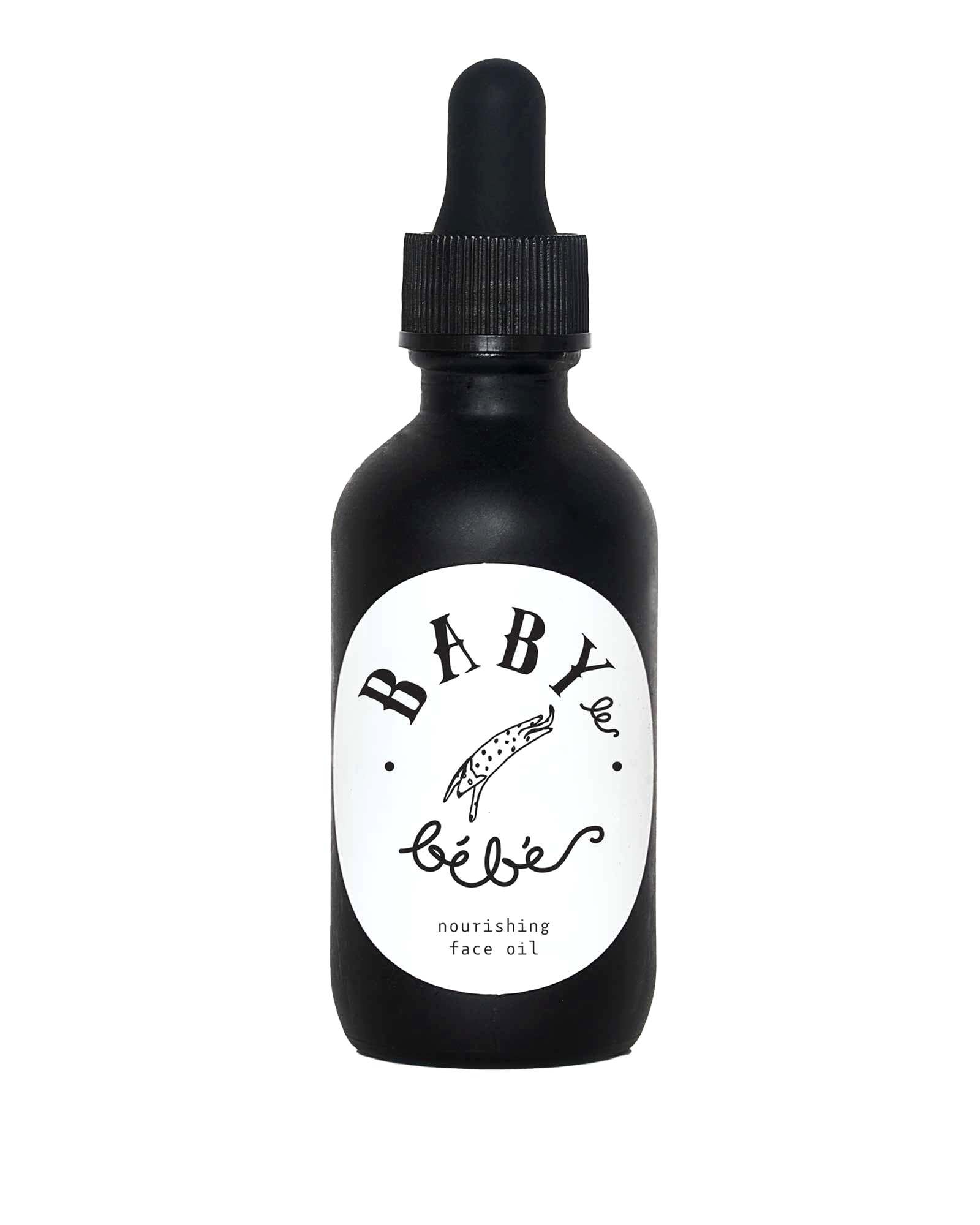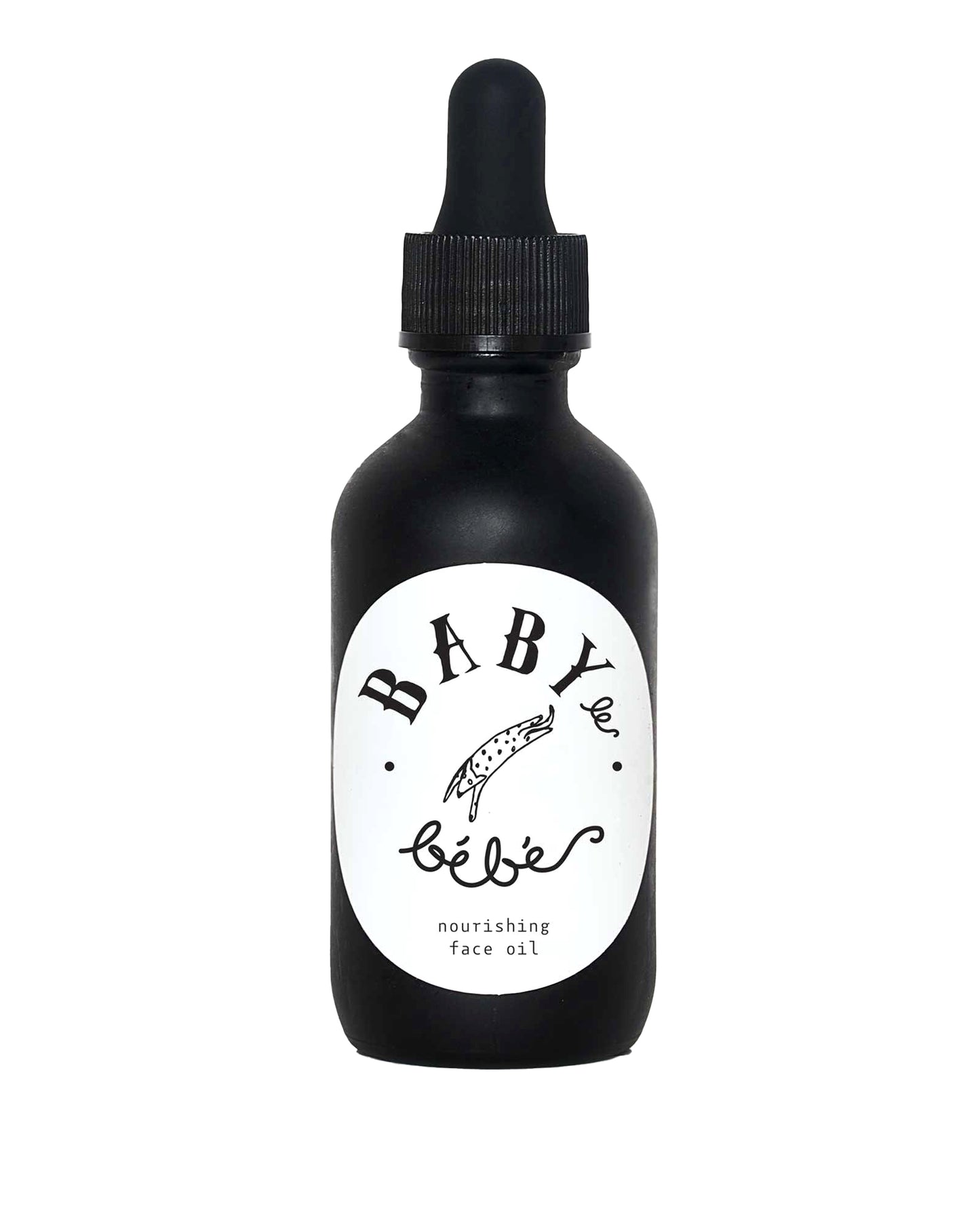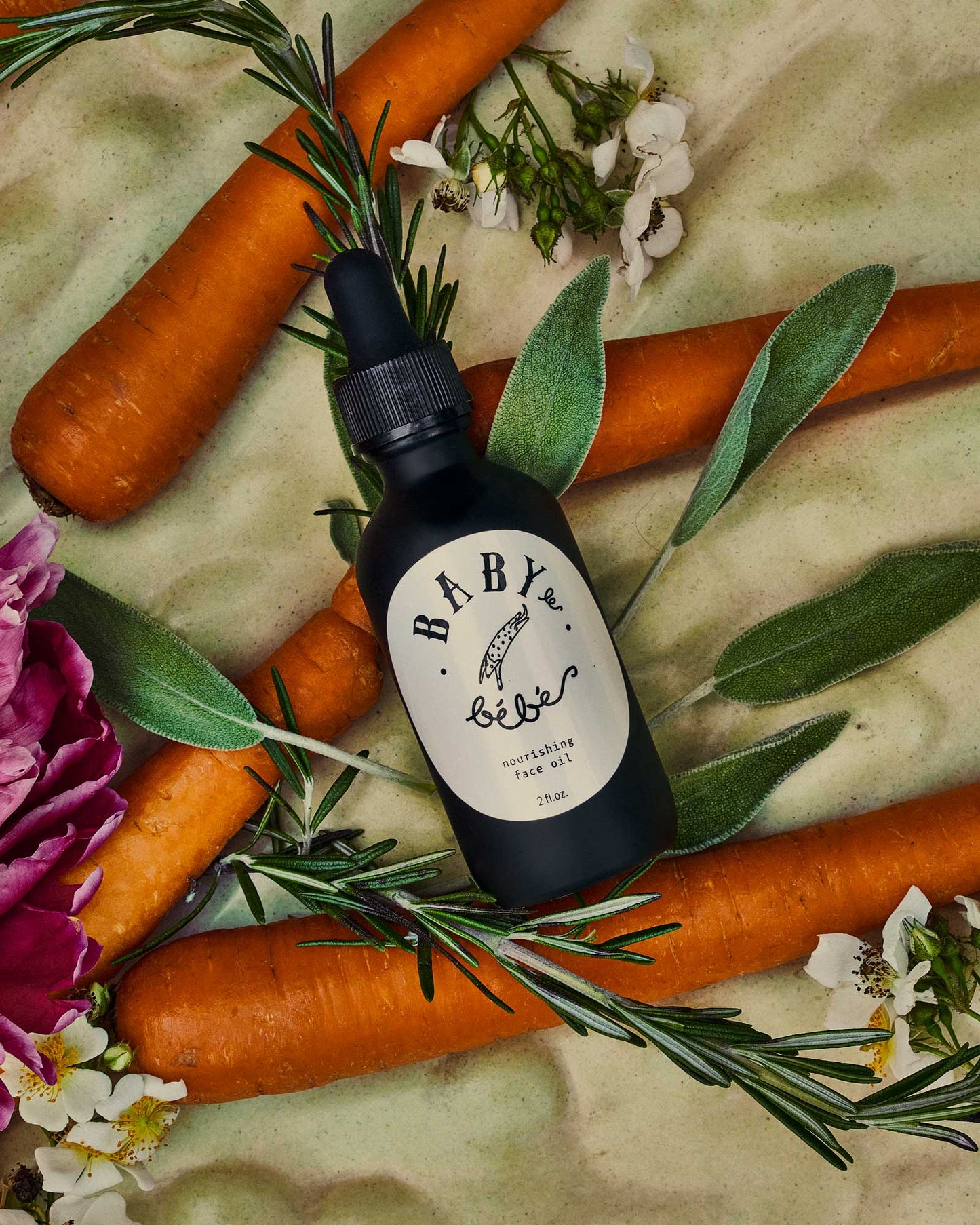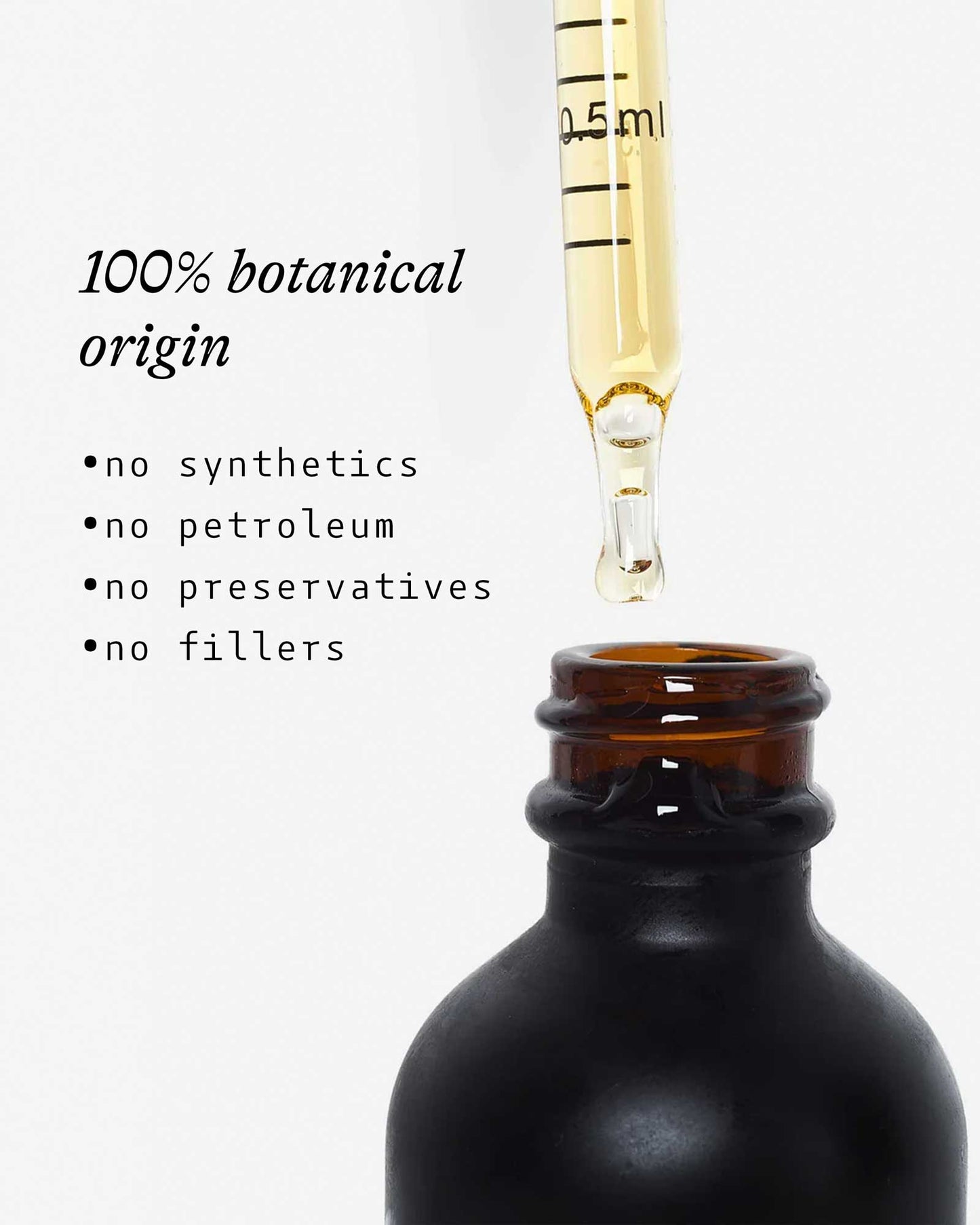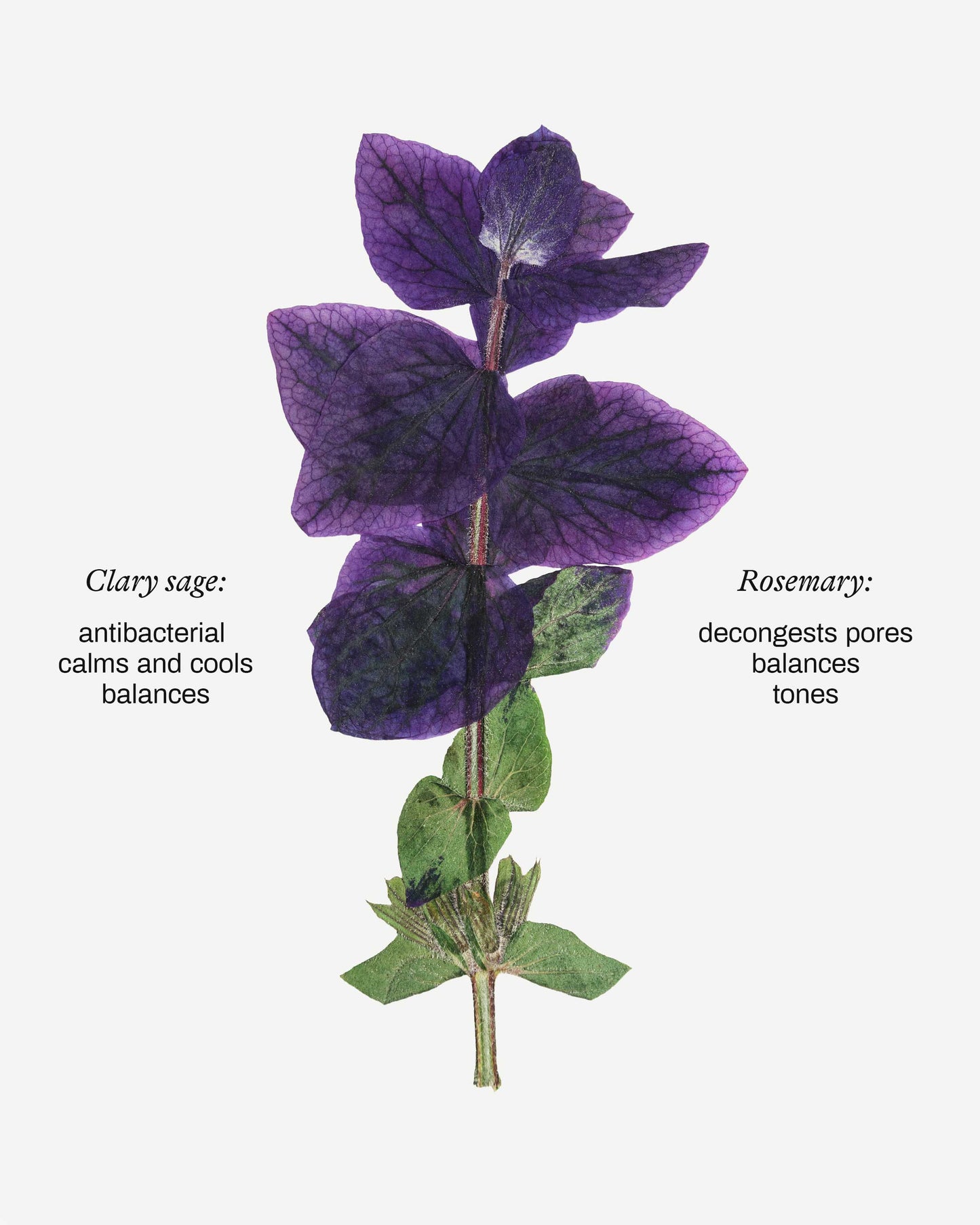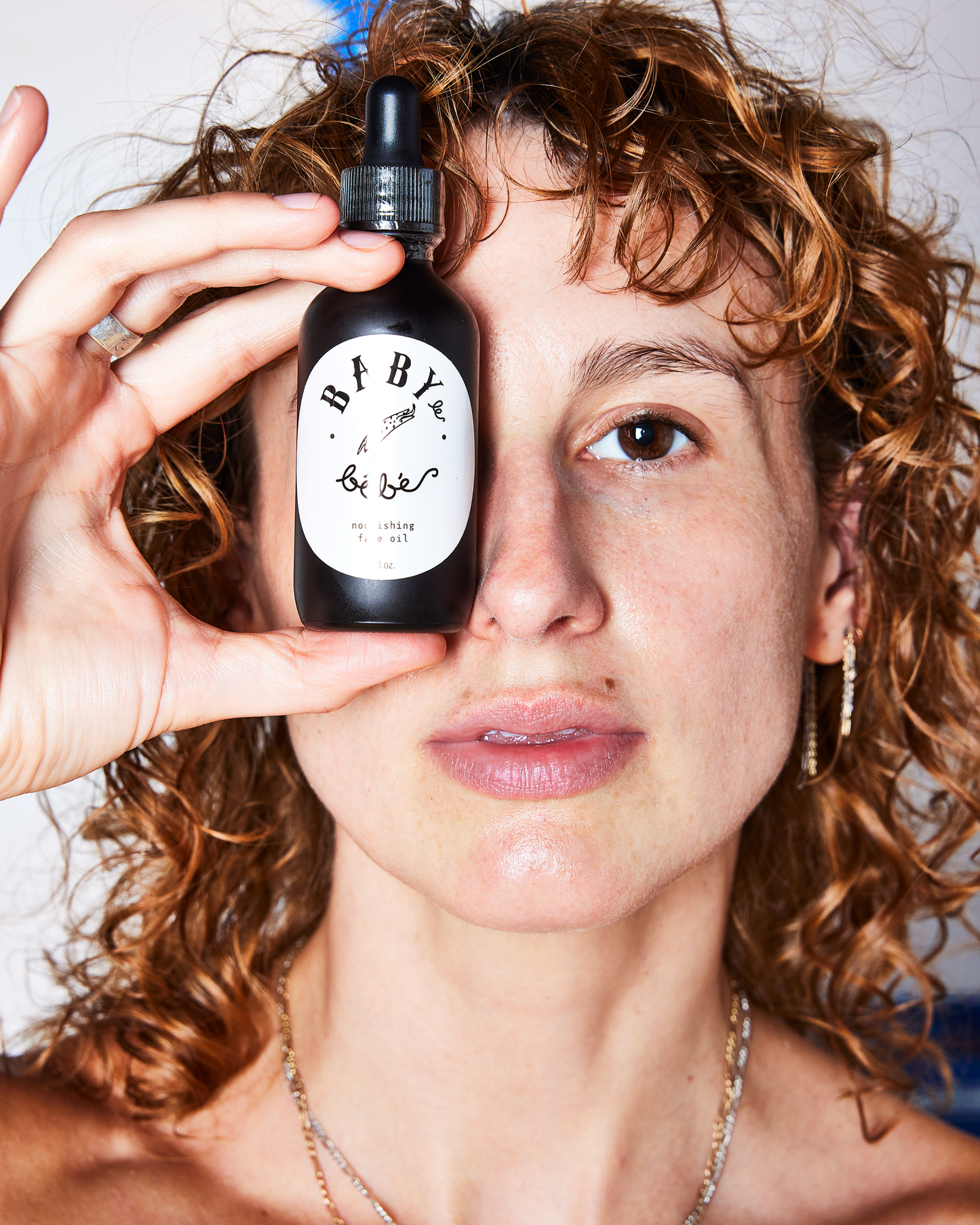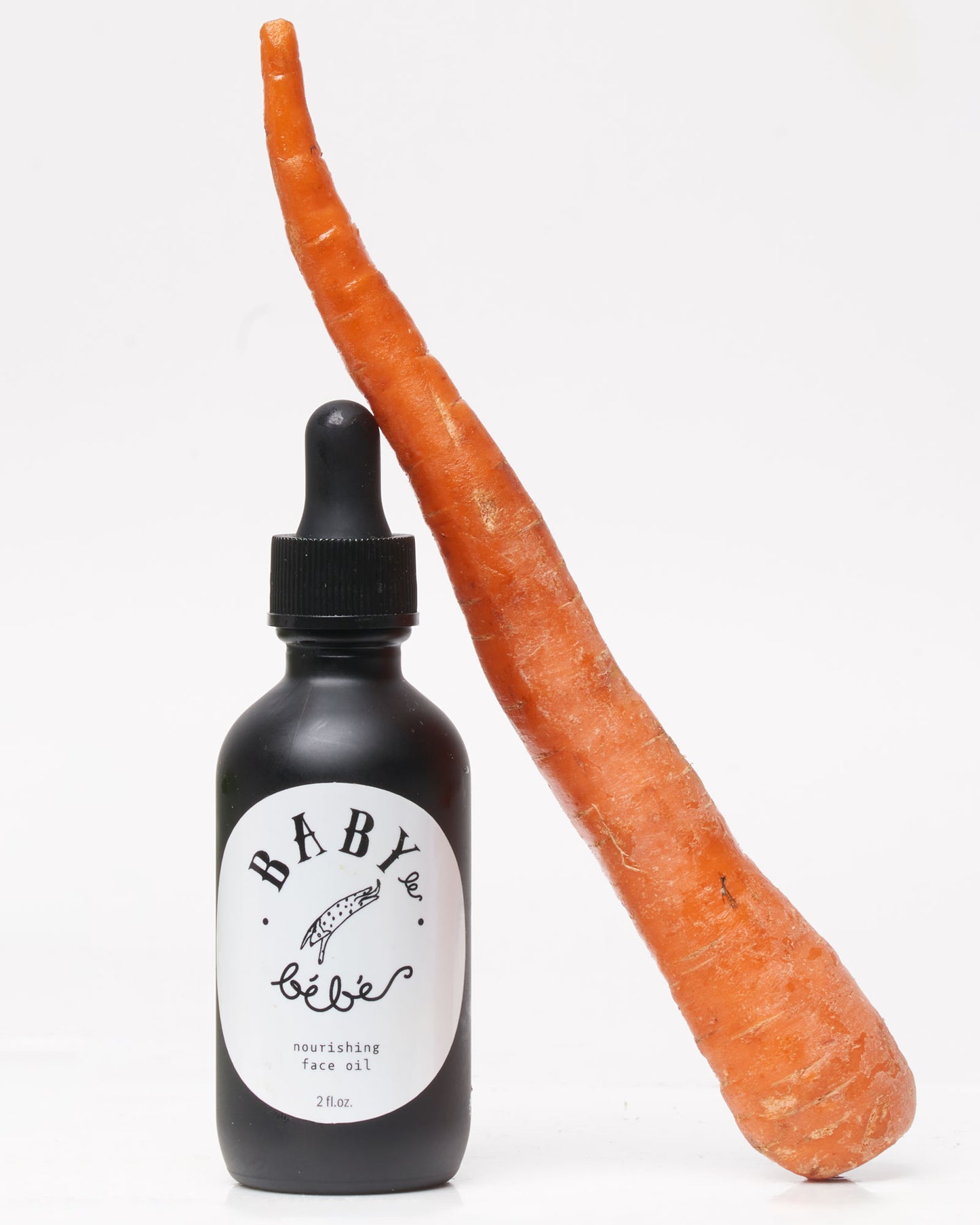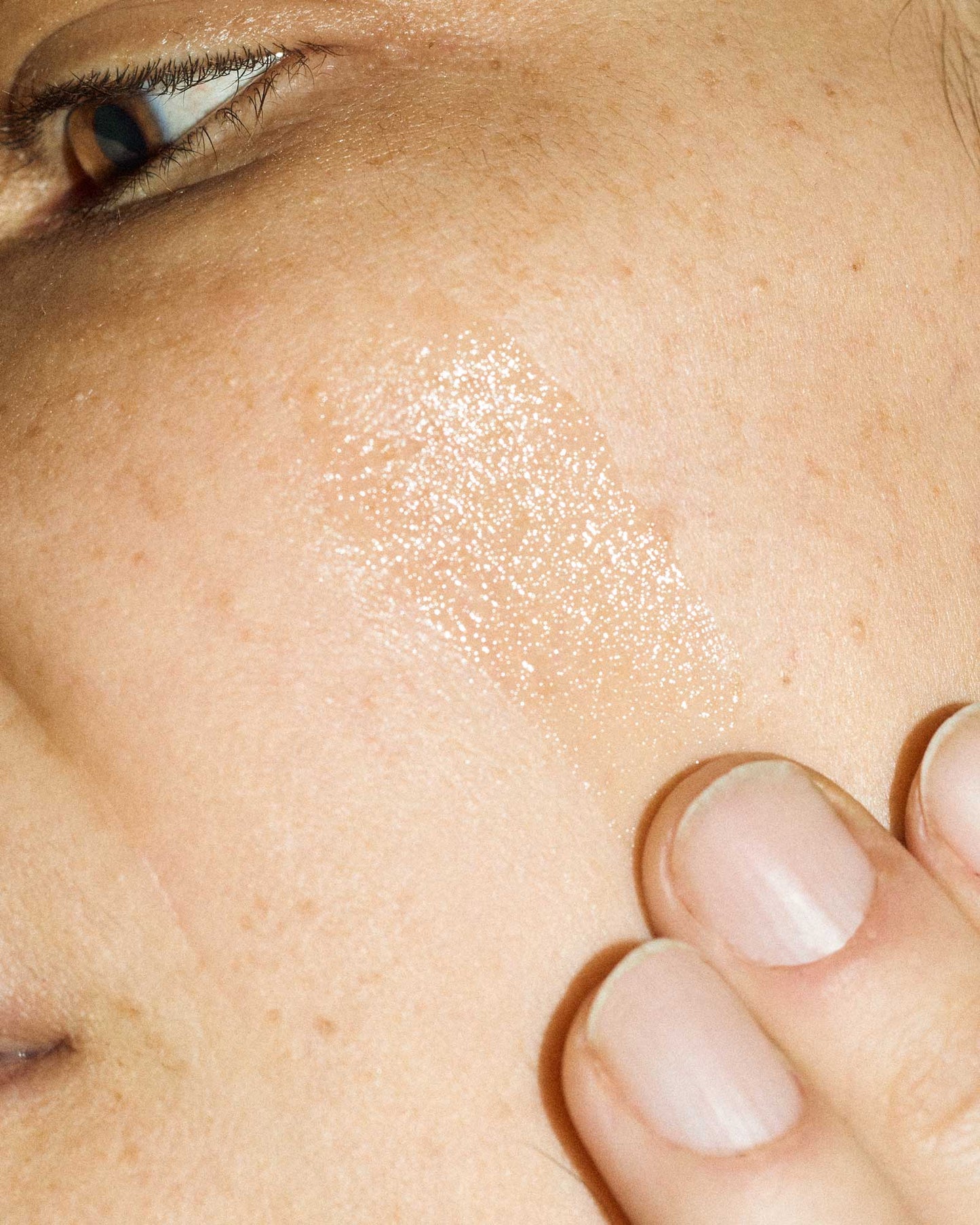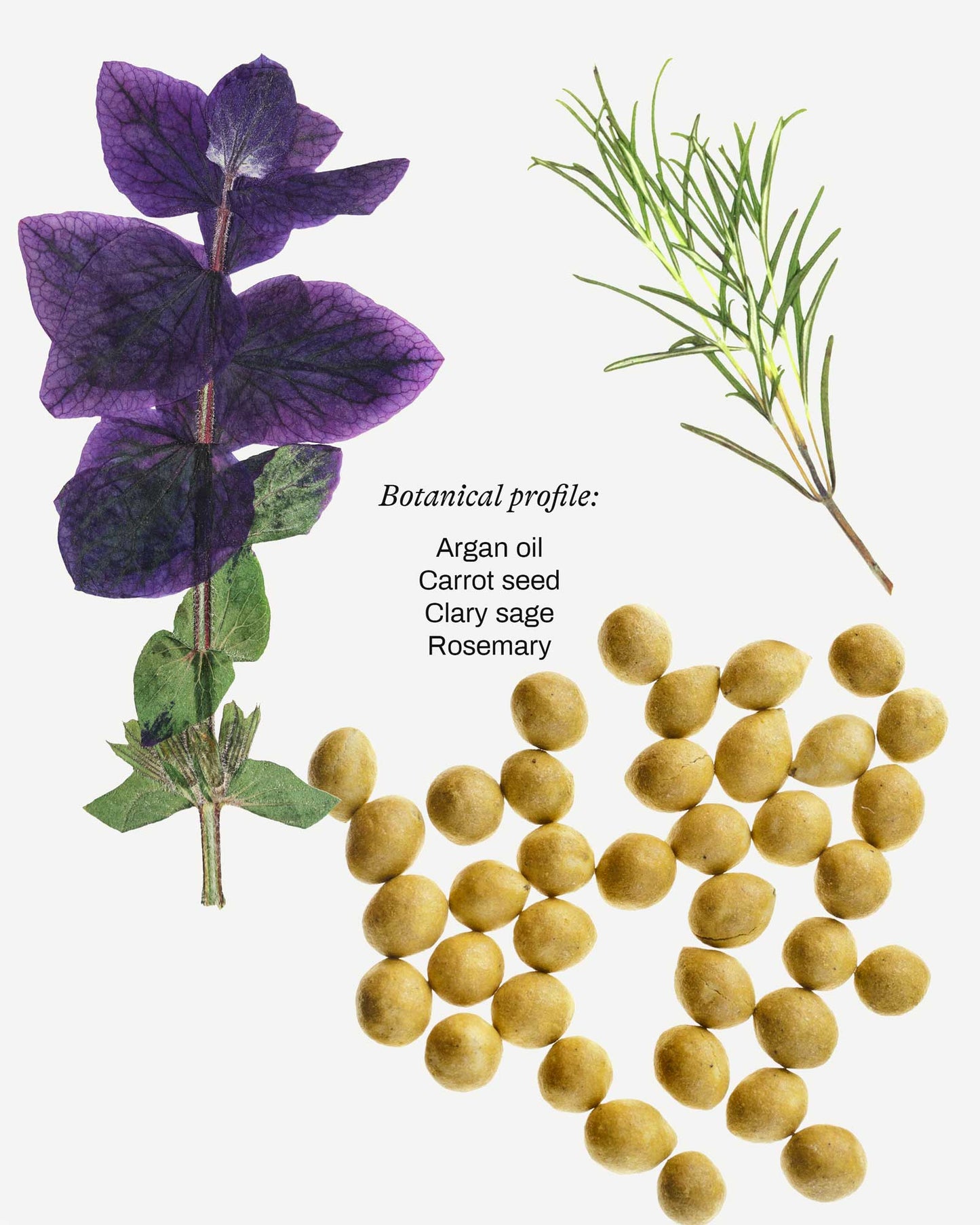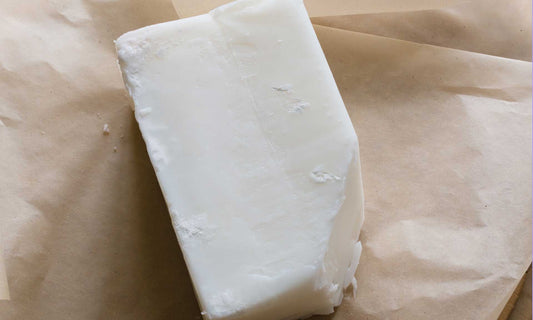
Photos by Elena Mudd - www.elenamudd.com
Model, stage star, television actress – multi-hyphenate Kita Updike seems to challenge life to hand her a role she can’t excel at. A lifelong stage actress, model for some of the biggest names in luxury, (hello Vogue, Gucci, and Celine!) and now starring as Nellie on Amazon Prime’s The Horror Of Delores Roach, Kita’s youthful spark – we’re obsessed with her smile – is tempered with an awareness, self-assurance, and self-knowledge that suggests a life lived far beyond her 25 years on earth. We talked a little about skincare, and a lot about self-care and self - advocacy.
BLB: You don’t wear makeup!
KU: Yes! Or I wear as little as possible. It feels like mud on my face! I love bare skin. I had a wonderful dermatologist who said, “Baby, look, less is more.” She got me down from an 18-step skincare routine to like, a three step routine! That’s one of the things I really like about the direction that Baby le Bébé goes in. It allows us to use what’s from the earth, which is the journey that I’ve been on, too. I use coconut oil all over my body, and it doesn’t soak in. It ruins my sheets! These products soak in, and they’re little luxuries that multitask so much more than most products.
BLB: Okay, time to go beyond skincare. How has your background and heritage influenced your approach to self-care?
KU: I am a Black woman, and I’m also an indigenous woman – both of those parts of me come built in with self-care.
You know, we have the Black side of my heritage, coming from the continent of Africa, and that diaspora, and then spread through the United States, down through Mexico and Central America, and up to Canada, where there were definitely Black bodies that were used to build up to those places. Black bodies in general, whether or not they have ever set foot on that continent [of Africa], have been handed down different remedies – things from plants, or things to drink that would help you feel better. Near every plantation, you had a conjure woman who would be using whatever she could use from the earth – seeds, herbs, or the root of some certain plant. She would be able to cure ailments, ward off evils, and help along a smooth birth. So that’s one of the ways that we [learned to] care for ourselves in a natural, wholesome way.
On the opposite end, as a woman who belongs to the Chippewa tribe, we still use a lot of natural and spiritual practices, even though there’s been colonization. One of [those practices] is Jingle Dancing. In the Chippewa tribe, there is a story about a gentleman who had a daughter who was ill, and the woman of the area decided to come out at night, and you could see their dresses glow with all these crystals, while they danced, and the dancing uses, sound, music, what we now think of as therapies, to help heal this child in whatever she was going through. And today we continue these customs in a pan-native way - if you go to a pow wow, one of the categories of dance is Jingle Dancing, and that doesn’t just include people who are Chippewa anymore; now it can include somebody from any tribe. So, I think it’s a great example of still hold on to some of the things that we may have otherwise lost, and now we share them in a pan-native way. It feels great to be from the tribe that started something so amazing.

BLB: as a Black and indigenous actress, you just played a lead on TV show – The Horror of Delores Roach – which is so, so exciting.
KU: Yes!
BLB: We want to know what it’s like to be on a television show! Tell us about that?
KU: Delores Roach was a podcast before it became a series. The show runner, Aaron Mark, became my guiding light, but he didn’t know me when we originally met about the podcast. They had already lined up somebody who was a lot more famous than I was [for the part]. The Public actually pushed me for the role, like “this is the girl who can do it” – without hesitation. And they offered me a part – I had never been offered like a real part! I had to say, “let me pick my level up, because I don’t have a choice now.” And I think I did a pretty goddamn good job! TV’s so different [from stage acting]. The acting style is different. There are things like, “oh shit, you don’t have to act like you’re acting for the back row! Let’s tone that down.” That’s one of the big learning curves that I had.
I also think that I needed to trust myself, that this was something I could do, even though I was the greenest screen actress! So, I was stealing with my eyes – just like when I was learning do theater, I was seeing what other people doing, and saying , “Okay, I see how they’re doing that, how can I implement that into what I do?” It’s a game of melding together the perfect “you”, to be out there on camera.
Because [The Horrror of Delores Roach] is a BIPOC show, there was a collaborative aspect that you don’t usually get – as BIPOC actors, our experiences and opinions held a lot more weight. We were able to come to set and be like, “No, that’s not authentic,” or “no, that just doesn’t feel right,” and instead of them saying, “well, just do it, we’re burning time here! Time is money!” we were able to take a moment and fix those things – and that meant a lot. The show also implemented a lot of practices that need to be implemented more, such as having advocates and coordinators on set for so many cultural aspects of the show, and for the actors, to make sure no one fell through the cracks.
BLB When you’re on set, how does self-care come into play? How do you take care of yourself in such a high-pressure situation?
KU: The first day I was on set, I said, let me go see the trailer. I just found little things that would make me feel good, so every time I walked in there, whether it was for lunch or for seven hours, it was a place of comfort, where I didn’t have to worry about anything.

I had a picture of Anne Miller – I think she’s the greatest performer ever to live. Singing, dancing, acting, she was in the industry from like 13 years old, and for 70 years of her life, she was still dancing and tapping away – and she could sing! I just love that – I just want to be a show girl for the rest of my life! So I had my little my little shrine to Ann Miller. And I had wonderful blankets, lots of pillows, lots of things to make sure the trailer was my home-away-from-home.
I would also bring friends and family [to Canada] to stay with me – people I knew were going to be supportive. I brought my mother, my father, and my Agent Nicholas Policarpo, who is one of my best friends – I’m very, very, very, very lucky to have someone like that!
And I advocated for myself. With the costumes, for example, the costume director was very, very gracious. We found stuff that we both felt great with, and sent off pictures so the producers could see it – and they were like, “No no no! [Nellie] wouldn’t be able to afford that look.” And I was defiant, like I usually am – how would you know what my character could afford? I’m somebody who lives in [Washington Heights, where the show is set], and for me, clothing is really important. If I had a few dollars that could go to clothing, that’s where those dollars were going – running down to a sample sale, or getting a damaged piece of designer clothing, and fixing it, that’s fine! I know any girl in [Nellie’s] position would laugh all the way home, and she’d be wearing her labels when she can. I love that.”
Also, because I’m trying to include actual community, like the bookstores and theaters in Washington Heights, I tried to make sure their merchandise is a part of the costume, because I want it to be authentic and support the neighborhood.
BLB: Hello, you’re a top model and an actress. That’s amazing. What’s that journey been like?
KU: Starting very young, whatever is going on in your community is what you take part in. So between the ages of, like, eight and 16, I had no reflection of who I was, no one looked like me. It’s hard when you don’t grow up with anybody who really looks like you in the career you desire to be in –– you don’t think that there will be any place for you. Then when it came to theater growing older, it was still a learning curve of saying, well, if a project doesn’t align with me, I’m not really interested in doing it. I’m like, Babe I see what it pays, but it sacrifices other things in my personal life, I know I’m gonna have to look down the line 50 years from now, and I’m not gonna be okay with it. It comes at the cost of not being able to pay your bills, but at this point, I’m gonna be that girl that does stuff that I connect to and I’m curious about.
BLB: Do you have one piece of advice for other people who want to be on the path you’re on?
KU: Do the work. Know the history. And then throw it out the fucking window and do what you do. Because when you do the work, and you know the history, everything else comes naturally – it’s in your blood by that point.

Find Kita starring as Nellie The Horrors of Delores Roach, available on Amazon Prime.
